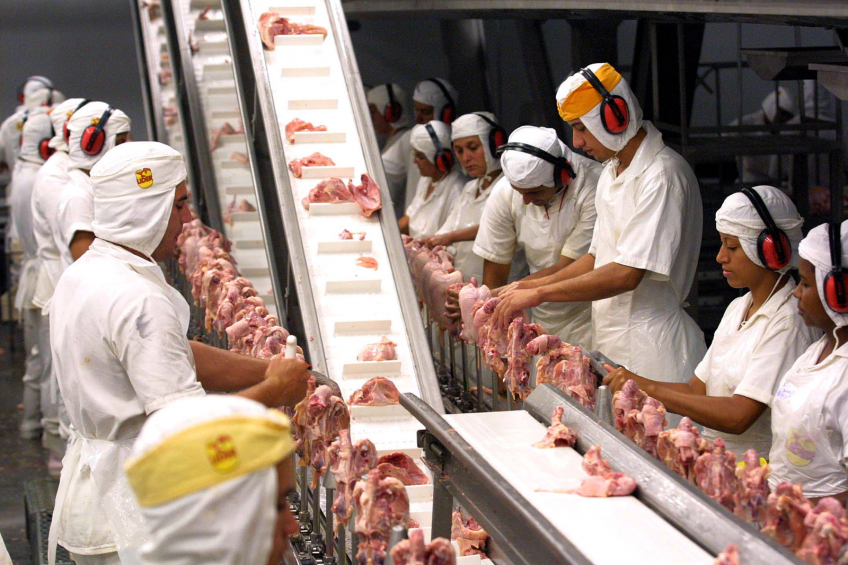Economic challenges hinder Brazilian poultry growth

A more difficult economic environment means slow growth is predicted in the Brazilian poultry sector this year, a recent USDA GAINS report concludes.
Broiler production is forecast to increase by 2.5% in 2015 to 13 million metric tonnes (MT). A figure which has been revised downwards from an earlier forecast of 5% growth due to the new economic challenges in Brazil as recession looms.
Constraints in Brazilian poultry production
FAS/Brasilia, who compiled the semi-annual poultry report believes that a production estimate around 13 million MT is a better reflection of the current expectations of Brazilian producers for this year. Despite the 28% devaluation of the Brazilian currency since August 2014, which should boost broiler exports, there are major uncertainties with Brazil’s economic outlook that could affect broiler production.
These constraints include unpopular government cuts and tax hikes, rising inflation, rising unemployment, power shortages and higher energy costs, and a possibility of energy rationing. In view of this adverse outlook for the economy, broiler producers plan to continue with the strategy to adjust supply and demand for broilers, in order to maintain their profit margins, the report states.
6.2% rise in production costs
In 2014, it is estimated that the cost of broiler production in Brazil increased by 6.2%. This increase is mostly attributed to the hike in prices of day old chicks, which increased by nearly 6%, despite the decrease of animal feed costs. The increase of nearly 2% in the price of live broilers, allowed producers to maintain their profit margins in 2014, although at a declining rate as compared to the previous year. The outlook for positive profit margins in 2015 remains the same, assuming that the predicted higher availability of soybeans and corn occurs.
Currency devaluation supports poultry exports
Overall Brazilian broiler exports are expected to grow at a rate of 3-4% in 2015, to 3.8 million MT, mostly driven by the devaluation of the Brazilian currency. This devaluation has allowed Brazilian exporters to maintain or expand their exports to the five traditional and most important markets, such as Saudi Arabia, Japan, Hong Kong, United Arab Emirates and the European Union. However, two markets – China and Russia – are key for the expansion of Brazilian broilers in 2015.
Brazilian exporters expect higher sales of broilers to China, mostly due to the Chinese embargo on US poultry. In addition, exports to Russia have been growing rapidly since September of last year, after the approval of new Brazilian plants in August of 2014. Total exports to Russia reached 125,000 MT, up 64%.













